
Lot 342
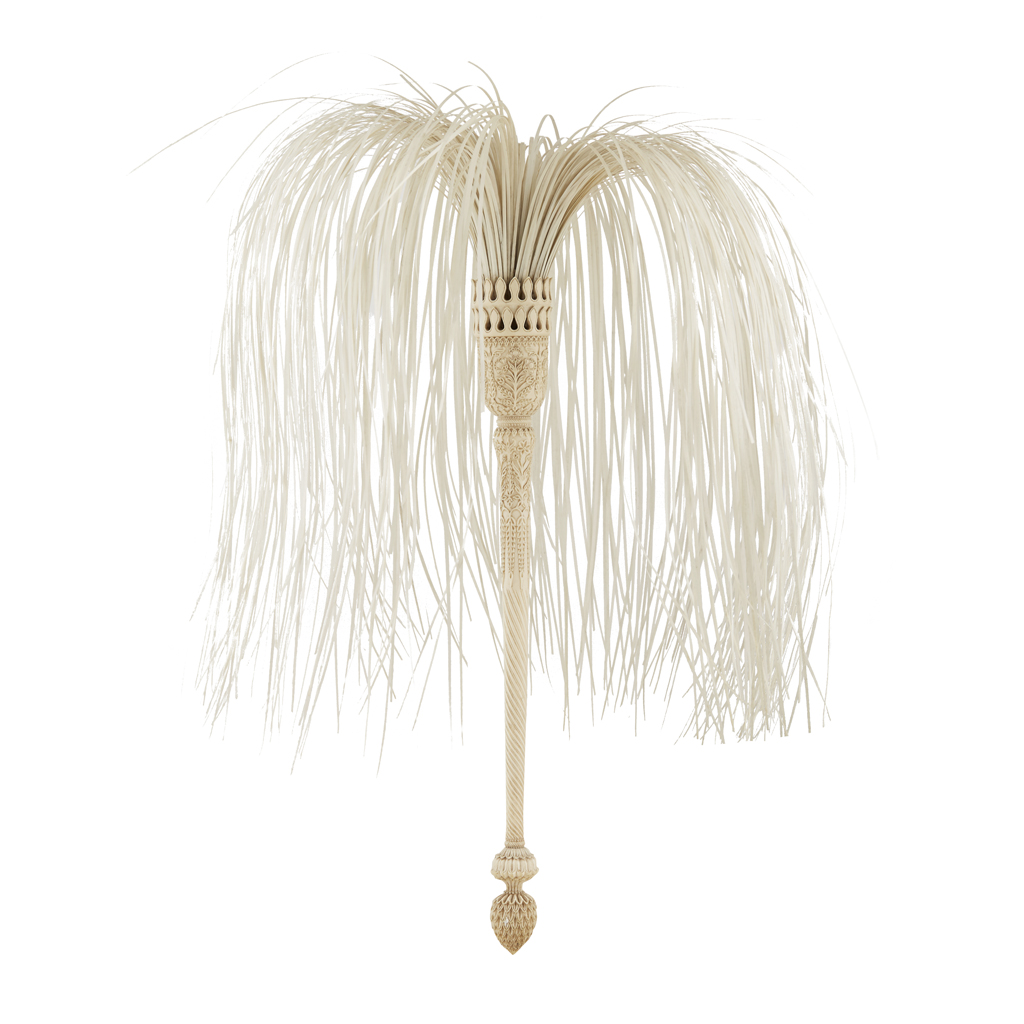
INDIAN CARVED IVORY FLY WHISK, CHAURI Y
18TH CENTURY

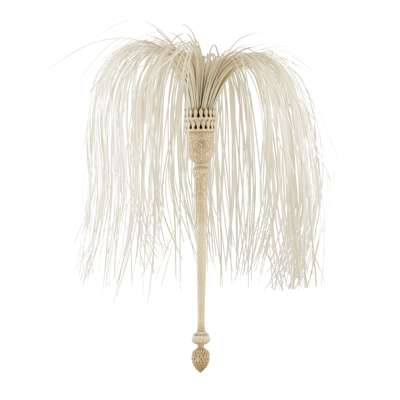
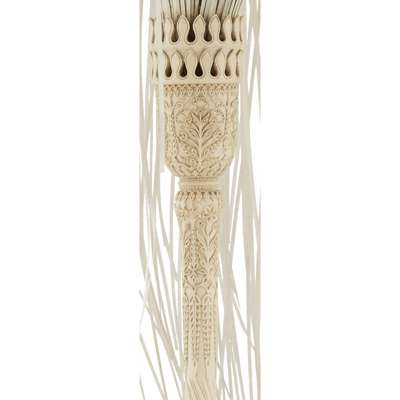


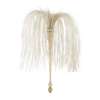
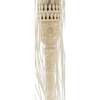

Auction: 18 September 2018 at 12:00 BST
Description
carved from a single piece of ivory, with shaved brush above a tapered handle with poppies and cypress branches terminating in a twist-carved shaft and bud finial
Dimensions
handle 38.5cm high, 48cm high overall approx.
Footnote
Provenance: Possibly the previous property of a ruler of Tanjore, Delhi; Private Scottish source
For a similar example see The Museum of Fine Arts, Houston
Note: Fly whisks can often be seen in miniature paintings of rulers or noblemen, in which their servants use them to shoo away flies, as well as to create a pleasant gentle breeze for their masters. Often associated with religious rituals in Hinduism and Buddhism, fly whisks grew to symbolise the action of warding off troublesome thoughts and earthly worries, as flies were thought to be bearers of evil and pestilence.
Elaborate fly whisks such as this one were linked with power and divinity in India, and became a common emblem of royal authority in both Hindu and Muslim courts. Ivory carving was appreciated at the Mughal court and used in the decoration and making of chests, caskets, dagger hilts, flasks and powder horns. Floral and plant motifs were extremely loved in the decorative repertoire of Mughal India; by reaching an elegant balance between the naturalistic and stylised depiction of blossoms and arranging the different elements into symmetrical compositions, the floral motif became a predominant feature in Mughal artistic taste during the 17th and 18th centuries. Mesmerised by all the different species of flowers growing in Kashmir, the Emperor Jahangir instructed one of his court painters to realise more than a hundred beautiful studies of them. The fondness for floral motifs was further developed with the discovery of European herbals brought to the Mughals by Jesuit missionaries and the East India Company, which were characterised by an extreme precision and attention for botanical details. Between the most common species depicted are poppies, larkspur flowers, cockscombs, different kinds of daffodils, marigolds and lilies.
This delicately ornated fly whisk is a great example of the creative blooming of India under the Mughals, who incorporated their love of the arts and aesthetic ideas into their identity as rulers.







